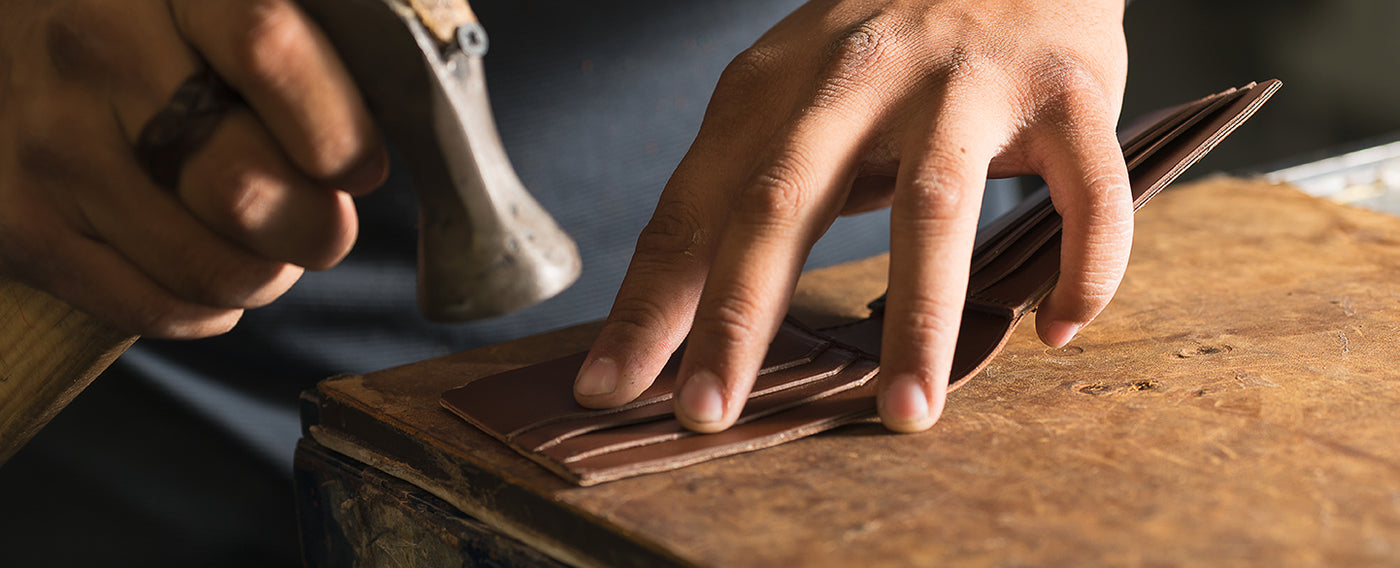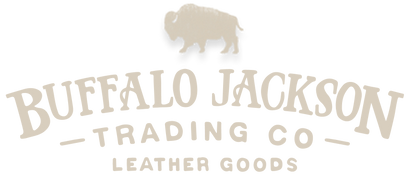Your Cart is Empty
You are €99,00 away from free shipping!
Your Cart is Empty
You are €99,00 away from free shipping!

Buffalo Jackson is leather goods and apparel brand with a love for adventure and a dedication to choosing a simpler way of living. We honor the lost craft of learning a new trade and hard work earned with your hands. That is why we aim to provide men and women a brand that adds quality to your everyday experiences.
The leather making process is a lengthy and technical process that has to be followed with precision and care. The process will start with an animal hide and by the end of the journey there will be a piece of leather that’s ready to be transformed into a bag, clothing, or any other leather product. Dive into learning more about the leather making process and see where our products come from.




The inspiration and design for our American heritage of quality goods is created in our Matthews, NC office. We proudly choose to partner with creators and crafters from the US, Mexico, and India who share our passion and standards of excellence and high ethical values.

Leather can be made from the hide of almost any animal including pigs, sheep, goats and crocodiles. However, our bags and accessories are made from high-quality cowhide and bison or buffalo hide. You can learn more about the difference between bison and buffalo leather on our blog.
To start off the leather making process, hides must be preserved in order to prevent deterioration. These preservation methods involve salting, freezing, chilling, using chemicals. Once the hide has been cured, it is left to soak in water in order to rehydrate the hide and remove any excess salt or dirt. Next, the hide goes through liming. This is done to remove any unwanted hair from the hide. Once the hair has been removed, the remaining animal skin is referred to as a pelt. The pelt is then passed through a machine that removes any tissue from the flesh side. A pelt may also be split into layers at this stage, a top grain and a full grain. Lastly, weak acids or salt solutions are applied to prepare the pelt for tanning.
Tanning is the next step in the leather making process where a chemical reaction transforms an animal hide into leather. This chemical reaction changes the protein structure of the rawhide into a stable material. There are several options used to tan leather, but two options are most common: mineral and vegetable tanning. Learn more about each of these leather tanning options on our blog.
In the final step of the leather making process, leather is massaged in a staking machine to ensure it is soft and flexible. Then, it’s placed inside a rotating drum for extensive tumbling. Once taken out, the leather is buffed and brushed to produce a softer feel, a cleaner hide, and reduce thickness if needed. Lastly, the hide goes through a finishing process. This involves ensuring even color and gloss level, removal of any grain surface defects, and the addition of a protective, water-resistant surface. And voila! One beautiful piece of leather ready for it’s next life. Interested in seeing what the final product looks like after the leather making process? Shop our full collection of leather goods, or browse for specific functions and styles like our leather briefcases, backpacks, or totes.
Orders shipped to Canada may be subject to import duties, tariffs, and taxes charged by Canadian customs. These fees are not included in our prices or shipping costs. You will be responsible for any additional charges upon delivery. Please review local customs regulations before placing your order.

